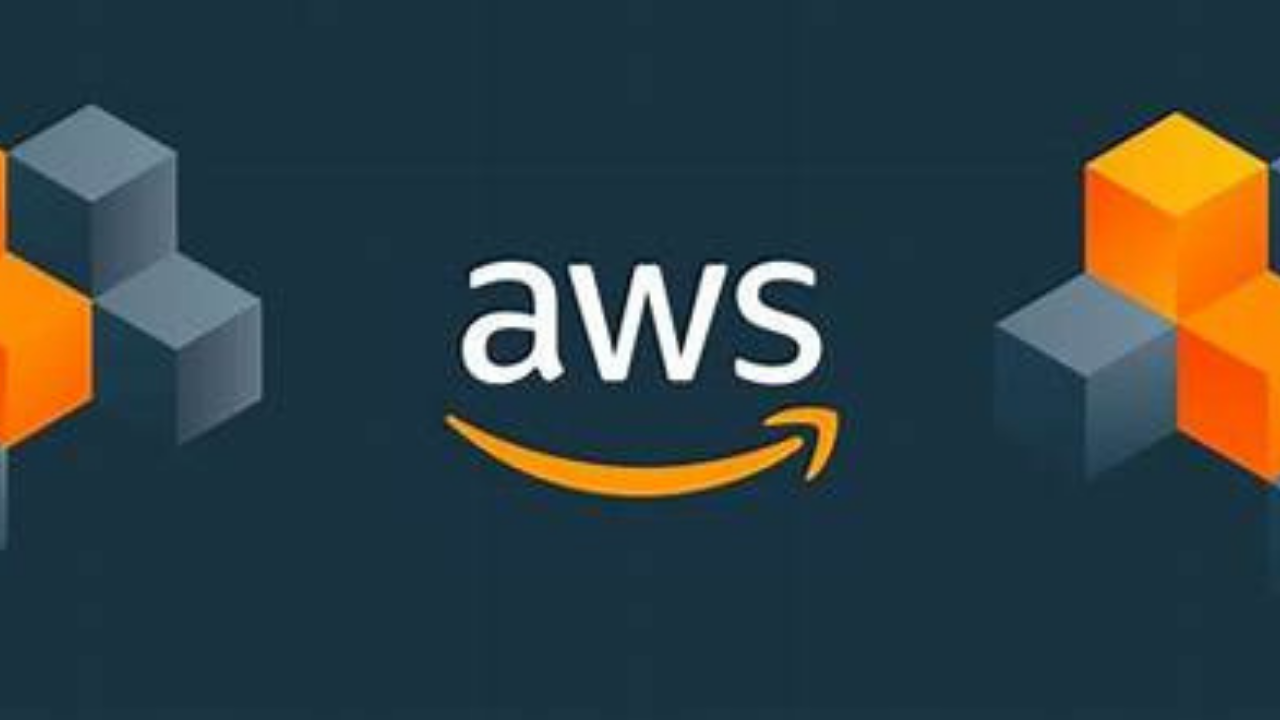Introduction
Amazon Web Services (AWS) is the world’s leading cloud computing platform, offering a vast array of services designed to help businesses scale, secure, and optimize their IT infrastructure. With millions of active customers, AWS has revolutionized how enterprises and startups manage their workloads by providing flexible, cost-effective, and scalable solutions.
This blog provides a deep dive into AWS, covering its key features, benefits, popular services, pricing models, and best practices for utilizing AWS effectively.
What is AWS?
AWS is a subsidiary of Amazon that provides on-demand cloud computing services and APIs to individuals, companies, and governments on a metered pay-as-you-go basis. Launched in 2006, AWS has grown to dominate the cloud computing industry, offering more than 200 fully featured services from data centers globally.
Key Features of AWS
AWS is known for its robust features that cater to different industries and use cases, including:
- Scalability – AWS allows businesses to scale resources up or down as needed without worrying about infrastructure limitations.
- Security – AWS offers built-in security measures, including encryption, compliance programs, and advanced threat detection.
- Reliability – AWS provides highly available and redundant services, ensuring minimal downtime.
- Flexibility – Users can choose from various computing, storage, and networking solutions that fit their specific needs.
- Cost-Effectiveness – AWS follows a pay-as-you-go pricing model, reducing capital expenditures.
- Global Reach – AWS has a global network of data centers, ensuring high availability and low latency.
- Comprehensive Ecosystem – AWS integrates with a wide range of tools, including AI, machine learning, analytics, and IoT solutions.
Popular AWS Services
AWS provides a broad spectrum of cloud services categorized into computing, storage, networking, databases, security, and more. Below are some of the most widely used AWS services:
1. Compute Services
- Amazon EC2 (Elastic Compute Cloud) – Virtual servers in the cloud with different instance types to meet diverse computing needs.
- AWS Lambda – Serverless computing that allows users to run code without provisioning or managing servers.
- Amazon Lightsail – Simplified cloud hosting for developers, offering pre-configured virtual private servers.
2. Storage Services
- Amazon S3 (Simple Storage Service) – Highly scalable object storage for data backup, archiving, and application hosting.
- Amazon EBS (Elastic Block Store) – Persistent block storage for EC2 instances.
- Amazon Glacier – Low-cost archival storage for long-term data retention.
3. Networking & Content Delivery
- Amazon VPC (Virtual Private Cloud) – Isolated cloud resources with customizable networking configurations.
- Amazon CloudFront – Content delivery network (CDN) for faster content distribution.
- Elastic Load Balancing (ELB) – Distributes incoming application traffic across multiple targets.
4. Database Services
- Amazon RDS (Relational Database Service) – Managed relational databases supporting MySQL, PostgreSQL, SQL Server, and more.
- Amazon DynamoDB – Fully managed NoSQL database service.
- Amazon Redshift – Data warehousing solution for big data analytics.
5. Security & Identity Management
- AWS IAM (Identity and Access Management) – Controls access to AWS resources.
- AWS Shield – DDoS protection service for AWS applications.
- AWS WAF (Web Application Firewall) – Protects applications from web-based attacks.
6. Machine Learning & AI
- Amazon SageMaker – Enables developers to build, train, and deploy machine learning models.
- Amazon Rekognition – Image and video analysis powered by AI.
- Amazon Polly – Text-to-speech conversion service.
7. DevOps & Management Tools
- AWS CloudFormation – Infrastructure as Code (IaC) service to automate resource provisioning.
- AWS CloudWatch – Monitoring and observability service for AWS resources.
- AWS CodePipeline – CI/CD service for automating software release processes.
AWS Pricing Models
AWS follows a flexible pricing model that allows businesses to optimize costs. The primary pricing models include:
- Pay-as-You-Go – Users pay only for the resources they consume, with no upfront costs.
- Reserved Instances – Customers commit to using a specific instance for 1 or 3 years in exchange for discounts.
- Spot Instances – Unused EC2 capacity available at significantly lower prices for non-critical workloads.
- Savings Plans – Flexible pricing model offering lower prices in exchange for a commitment to use a specific amount of resources over time.
- Free Tier – AWS offers a limited free tier for new customers to explore services without incurring costs.
Benefits of Using AWS
AWS provides several advantages that make it a preferred choice for businesses worldwide:
- Cost Savings – Eliminates the need for on-premises infrastructure, reducing capital and operational expenses.
- High Availability – Global infrastructure ensures uninterrupted service and disaster recovery options.
- Security & Compliance – AWS follows stringent security measures and compliance standards (ISO, HIPAA, GDPR).
- Innovation & Agility – Continuous updates and new services help businesses stay ahead in technological advancements.
- Ease of Use – User-friendly interfaces, comprehensive documentation, and extensive support make AWS accessible to all users.
Best Practices for AWS Optimization
To maximize AWS benefits, businesses should follow these best practices:
- Use Auto Scaling – Dynamically adjust resources based on demand.
- Implement Cost Monitoring – Use AWS Cost Explorer and Trusted Advisor to track and reduce expenses.
- Leverage Security Best Practices – Enable multi-factor authentication (MFA) and follow IAM policies.
- Optimize Storage Usage – Use lifecycle policies to manage S3 storage efficiently.
- Regular Backups – Automate backups using AWS Backup and versioning features.
- Monitor Performance – Utilize AWS CloudWatch and X-Ray for application monitoring.
- Adopt a Multi-Region Strategy – Distribute workloads across multiple AWS regions for high availability.
Conclusion
AWS has transformed the cloud computing landscape with its vast array of services, scalability, security, and cost-effectiveness. Whether you are a startup, enterprise, or individual developer, AWS provides the tools and infrastructure needed to build, deploy, and manage applications efficiently. By leveraging AWS’s powerful ecosystem and best practices, businesses can drive innovation, optimize costs, and scale seamlessly in today’s digital era.
